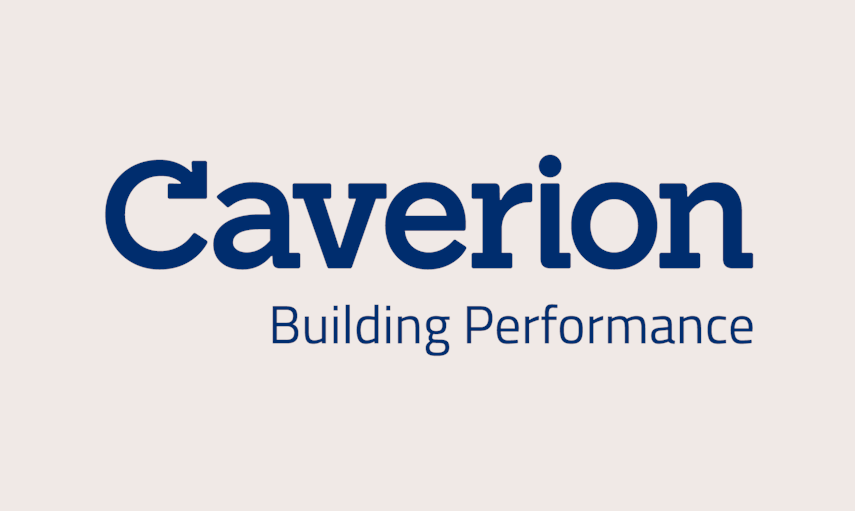Predictive Maintenance, Prescriptive Maintenance and Descriptive Maintenance: incorporating analytics to the decision-making process
In conventional buildings, building maintenance is usually reactive. Components are fixed or replaced when they break down or according to a predetermined maintenance schedule.
In smart buildings, maintenance will first be predictive and ultimately prescriptive. Maintenance will benefit from a thorough analysis of the building data that is collected to a digital platform.
The EU’s Energy Performance of Buildings Directive, EPBD is a strong driver to improve the energy efficiency of your buildings and increase the level of intelligence through automation.
Data analytics to reduce your operating costs and improve energy efficiency
Analytics improve decision-making and can include a wide range of data and data sources. They need to be set up in a smart way to help you find the relevant information from a huge amount of data.
Analytics help you to combine historical and real-time information to predict the future, detect patterns, and uncover insights you have not even thought about yet. This can be visualised in tailored and intuitive user interfaces with Caverion SmartView.
These insights can result in:
- increased revenue
- lower energy and operating costs
- improved service availability
- better indoor conditions
- better end-user satisfaction.
What’s the difference between descriptive, predictive and prescriptive maintenance?
Descriptive maintenance
Descriptive maintenance tells you what happened. It gives you information and insight based on previous maintenance actions.
Predictive maintenance
Predictive maintenance is using artificial intelligence to look for hidden signals from the building technology before an issue becomes apparent, for example by following small changes in the indoor air quality, and then calculating when to replace the ventilation filters.
Prescriptive maintenance
Prescriptive maintenance not only predicts when maintenance is necessary but is also able to mitigate the situation. For example, artificial intelligence can propose that by lowering the ventilation of certain spaces at certain hours, the filters can last longer.
Usage-based maintenance
Usage-based maintenance takes into account the actual usage of spaces and building technology, to determine when maintenance is required. Similar algorithms can be used to manage cleaning as well.
Let us plan the best way for your building to become smarter, together.
Do you want to know more?
Related services
We help our customers succeed
Contents you might be interested

Highlights of the revised EPBD for property owners – the built environment plays an important part in the European Green Deal
The European Union is working towards being the first carbon-free continent with its European Green Deal program. Read about the revised EPBD in our blog!
Read more...
Supporting John Nurminen Foundation in their valuable work to save the Baltic Sea
Unfortunately, the Baltic Sea is one of the most polluted seas in the world. Read about results of John Nurminen Foundation's work!
Read more...
Crayfish BidCo Oy has gained title to the minority shares in Caverion Corporation and the Caverion shares will be delisted from Nasdaq Helsinki
Crayfish BidCo Oy has gained title to the minority shares in Caverion Corporation and the Caverion shares will be delisted from Nasdaq Helsinki
Read more...


